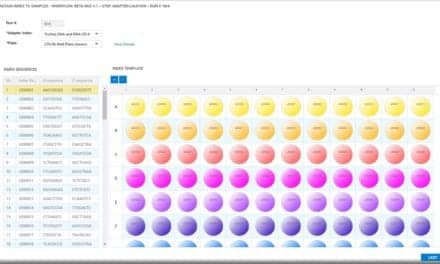This is a companion article to the feature, “Peer-Reporting Programs for Lab Quality.”
Peer-reporting programs enable laboratories to compare their internal QC data to the findings from comparable peer-group laboratories, making it possible to evaluate and improve the quality of the analytical phase of their testing processes.1,2 Following is a step-by-step summary of how such peer-reporting programs work.
- An outside vendor supplies the laboratory with the QC materials used for daily QC processes. The laboratory performs daily QC and collects the results.
- Daily QC results are sent to the QC data comparison provider on a regular basis, for example, once a month. The results can be sent as a paper copy, electronically stored on a USB drive or other transferable format, or as a file via the Internet.
- The QC data comparison provider performs statistical calculations on the data received from the laboratory, and compares the findings with those from other laboratories using the same methods—the peer group.
- The calculations result in a number of reports from which the laboratory can select those that best meet its needs. The reports are delivered to the laboratory by mail or e-mail, or can be made available for downloading via the Internet.
- The laboratory evaluates the reports it receives, determines whether any corrective or preventive actions are required, and ensures that such actions are performed.
References
- Kee S. Data management in QC [online]. Medical Laboratory Observer (November 20, 2014). Available at: www.mlo-online.com/data-management-in-qc.php. Accessed August 23, 2017.
- Kristensen HB. Proficiency testing versus QC-data-comparison programs [online]. Brønshøj, Denmark: Radiometer, 2003. Available at: https://acutecaretesting.org/en/articles/proficiency-testing-versus-qcdatacomparison-programs. Accessed August 23, 2017.




